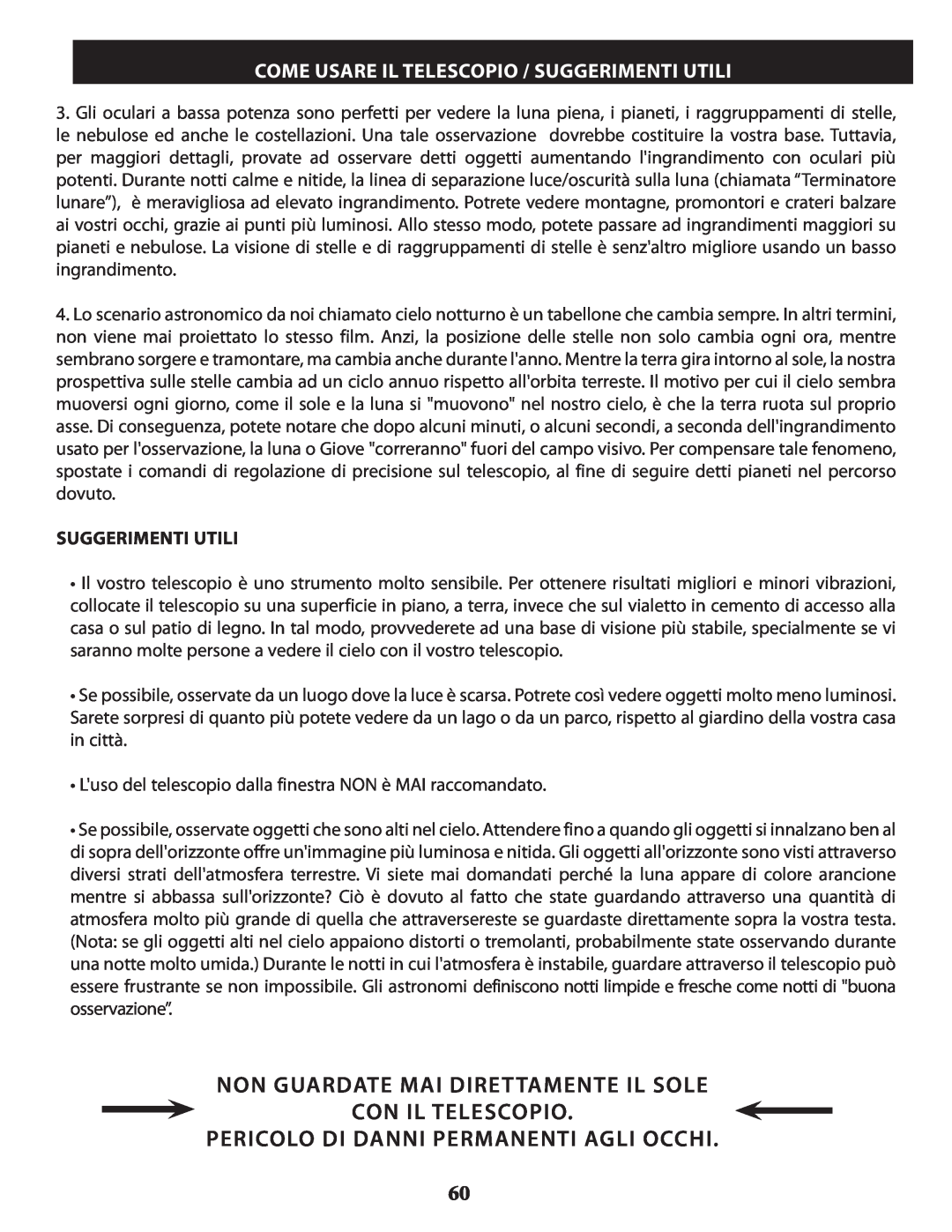789931, 789946, 789961, 789971 specifications
Bushnell is a renowned name in the world of optics, particularly known for its high-performance binoculars and spotting scopes. Among its featured products are the models 789946, 789971, 78993, and 789961. Each of these products embodies unique characteristics that cater to outdoor enthusiasts, bird watchers, and wildlife observers alike.The Bushnell 789946 model is characterized by its lightweight design and compact structure, making it perfect for those who prioritize portability. It is equipped with high-quality optics that deliver sharp images across a wide field of view. The multi-coated lenses enhance light transmission, ensuring bright and clear visuals, even in low-light conditions. Additionally, this model boasts durable construction, with a rubber armor exterior that provides a secure grip and protects against the elements.
Moving on to the Bushnell 789971, this model offers advanced features like image stabilization technology. This innovation allows users to view distant objects without the typical hand shake that can often blur the image. The 789971 is ideal for activities that require steady viewing, such as long-distance observation or sports events. Furthermore, it is designed with a waterproof and fog-proof sealing, ensuring performance in various outdoor conditions.
The Bushnell 78993 is a model that stands out for its impressive magnification capabilities. With a powerful zoom range, users can easily observe details from afar, making it suitable for wildlife monitoring or birdwatching. The objective lens is larger, allowing more light to enter, which results in brighter images. This model also features a tripod-adaptable design, providing stability for prolonged use during extended viewing sessions.
Lastly, the Bushnell 789961 incorporates cutting-edge digital technology. It features an integrated digital camera that allows users to capture images and videos of their observations. This model is ideal for nature enthusiasts who want to document their adventures without carrying multiple devices. The digital interface is user-friendly, making it easy to manage settings and review captures on the go.
In conclusion, Bushnell's 789946, 789971, 78993, and 789961 represent a range of innovative optics, each tailored to meet specific user needs. Whether it’s compact portability, image stabilization, powerful magnification, or digital capabilities, these models offer something for everyone, promising high-quality performance in outdoor exploration and observation.

